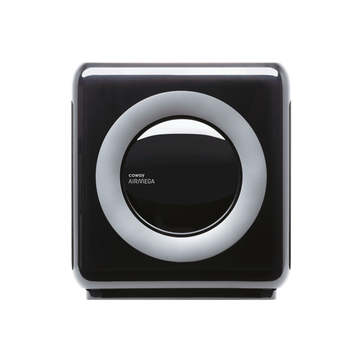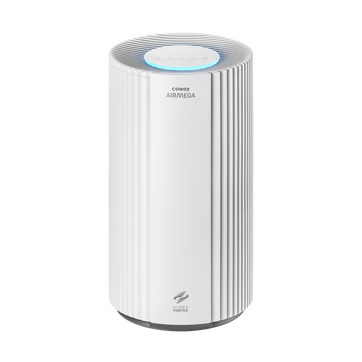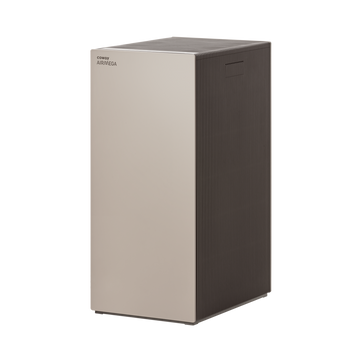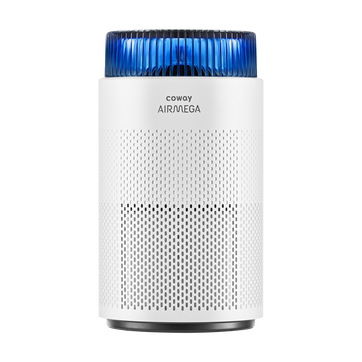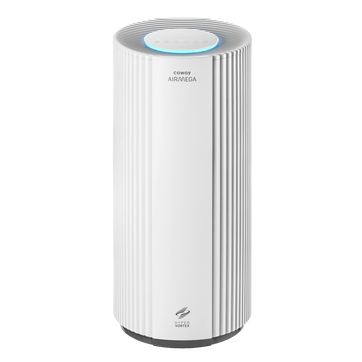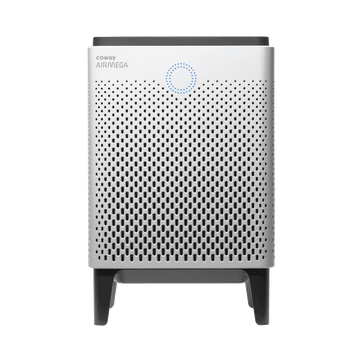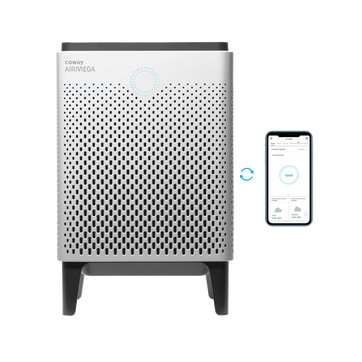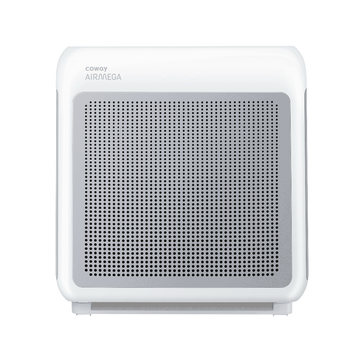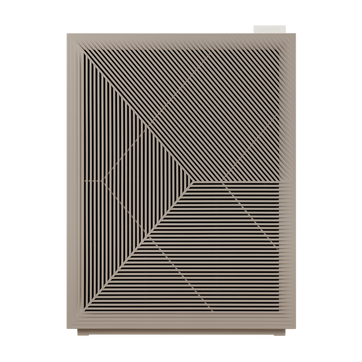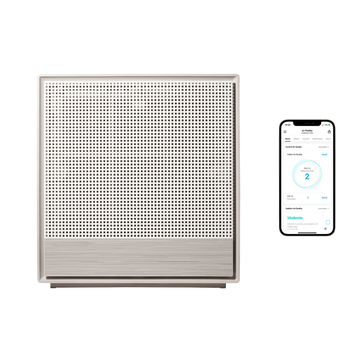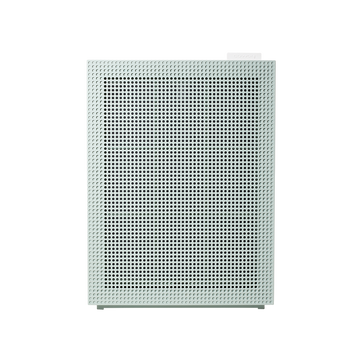
Where do bidets come from?
We’ve always cleaned with water
Our bathtubs and showers in ancient times were oceans, rivers and other waterways. Humans have always used water to cleanse and purify. As the discovery of germs became common knowledge, modern hygiene began to spread around the world, along with fresh and clean indoor plumbing. But, before advanced bidets like Bidetmega existed, there were a slew of cursory ways to clean yourself. And the story of bidets begins even before the invention of the first shower.
Origins in Europe
Early European bidets were essentially a bowl of water placed on a chair—a convenient way to help keep your behind clean without the labor of filling an entire tub. Then, in the 18th century, a piece of furniture dedicated to this practice was introduced in France. It was called “bidet”, which translates to “pony” or “small horse”. The name refers to the way you straddle the basin for use—like riding a horse.
There is evidence that in 1710, the royal family’s furniture-maker, Christophe Des Rosiers, installed a bidet for them. It would have been a porcelain bowl set into a wooden stand or chair, and kept in the bedroom next to the chamber pot. French Aristocrats were the first to adopt this in their homes, and Italians followed close behind. Decorative porcelain bidet bowls would often match their porcelain chamber pots. Napoleon famously included his silver bidet in his will.
Before the end of the century, a water pump and tank were added to early bidets. Instead of using their hands, people could simply spray a fountain of water for improved cleanliness. Then, with indoor plumbing came a strategic shift in bidet location—from the bedroom to the bathroom.
Bidet use was becoming widespread in Asia, South America, and the Middle East, with different versions being utilized for each culture. Notably, Muslim-majority countries often used the hand bidet, or “shattafs”, which incorporated water pump technology into a hand-held sprayer.
Origins in North America
Although still uncommon in households, the modern bidet toilet seat actually has its roots in the United States. Motivated by a medical condition that afflicted his father, Arnold Cohen, “Mr. Bidet”, invented a mechanical seat affixed over an existing toilet. He founded the American Bidet Company in the 1960s. But for a variety of reasons, the invention didn’t capture the attention of the United States at large.
Reinvented for Japan
A Japanese company licensed Cohen’s design in 1964, launching their own version that ultimately failed. Undeterred, the company tried a redesigned, less-expensive version in the 1980s. This new seat used electricity, and had the basic features of a modern bidet seat, like instant water heating, a warm air dryer, and a heated seat.
Today, over 80% of homes in Japan have a bidet toilet seat. After a clever marketing campaign and public exposure over time, bidets were established as Japan’s new normal.
Bidets of tomorrow
Since the 1980s, modern research-and-development companies like Coway have been established, testing endless iterations to implement the latest technology and usher bidets into the future. Advanced toilet seat bidets like the Bidetmega have customized settings for water temperature and pressure, and are more hygienic and comfortable than ever. In this way, the many benefits of bidets are finally being brought to the global market.
Disclaimers
1Coway air purifiers have been proven to trap dust, pollen, dander, viruses and bacteria in the air based on KCL (Korea Conformity Laboratories) testing.They have been tested in a 30㎥ size chamber according to the Korea Air Cleaning Association standard (SPS-KACA 002-132:2022 Modified) to measure the 0.01㎛ size of particle removal rate. It was tested on maximum airflow speed in normal room temperature and humidity conditions. The performance may vary in the actual living environment of customers.
→ Tested with Airmega Aim, 50, 100, 150, 160, Tower AP-1216L, Mighty AP-1512HH, MightyS AP-1512HHS, 200M, Icon, IconS, 230, 240, 250, 250 Art, 250S, 300, 300S, 350, 400, 400S, 450, ProX
299.97% of viruses, bacteria, fungi and pollen were verified to be removed from the air for Coway air purifiers which have Green True HEPA™ filter applied based on the Japan Food Research Laboratories(JFRL) testing according to JEM 1467 standard.
→ Tested with Coway Airmega Mighty AP-1512HH, MightyS AP-1512HHS, 250, 250 Art, 250S, 300, 300S, 400, 400S
→ All tested by JFRL and received above result within below time.
4The concentration of ammonia, acetaldehyde and acetic acid were proven to be removed within 30 minutes by FCG Research Institute, Inc. Human Life Science Lab. It is not a demonstration result in the actual use space. Not all odors and gases may be supported. → Tested with Coway Airmega 150, 160, Mighty AP-1512HH, MightyS AP-1512HHS, 400, 400S
5The coverage area of the air purifier is based on an area where the air cleaner can make two air changes per hour (ACPH). An air change per hour translates to how many times an air purifier can clean an area, assuming the height of a ceiling to be 8 ft, in one hour. Therefore ** means two air changes per hour means that the cleaner can clean the area once every 30 minutes and * means air changes per hour means that the air purifier can clean the area once every 60 minutes.
10Terms and conditions apply. Discounts, including promotions, coupons, bundle discount and subscription discount, cannot be stacked on top of other coupons. During promotional periods, discount codes will not be able to be applied to orders. Promo codes may apply to products only—filters, accessories, and new products within 3 months of the release date are not included.
11Based on Coway R&D internal laboratory testing, activated carbon filtration was shown to remove up to 95% of ammonia odors within 40 minutes, and up to 99% of fecal odors within 20 minutes. Actual performance may vary depending on usage conditions.

